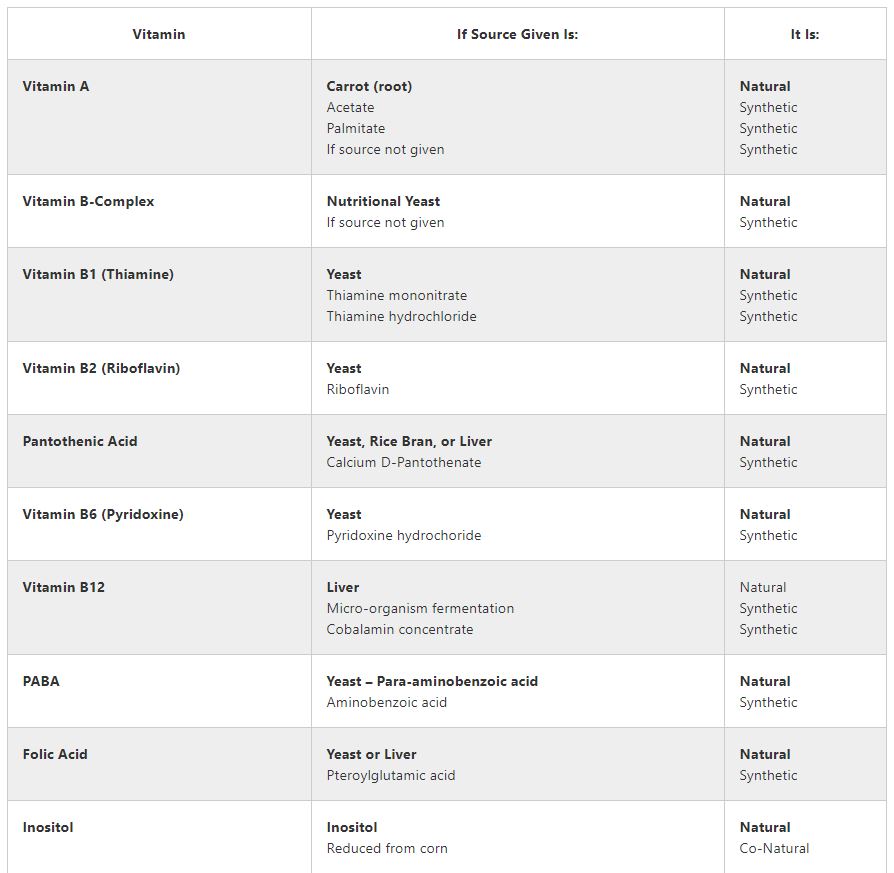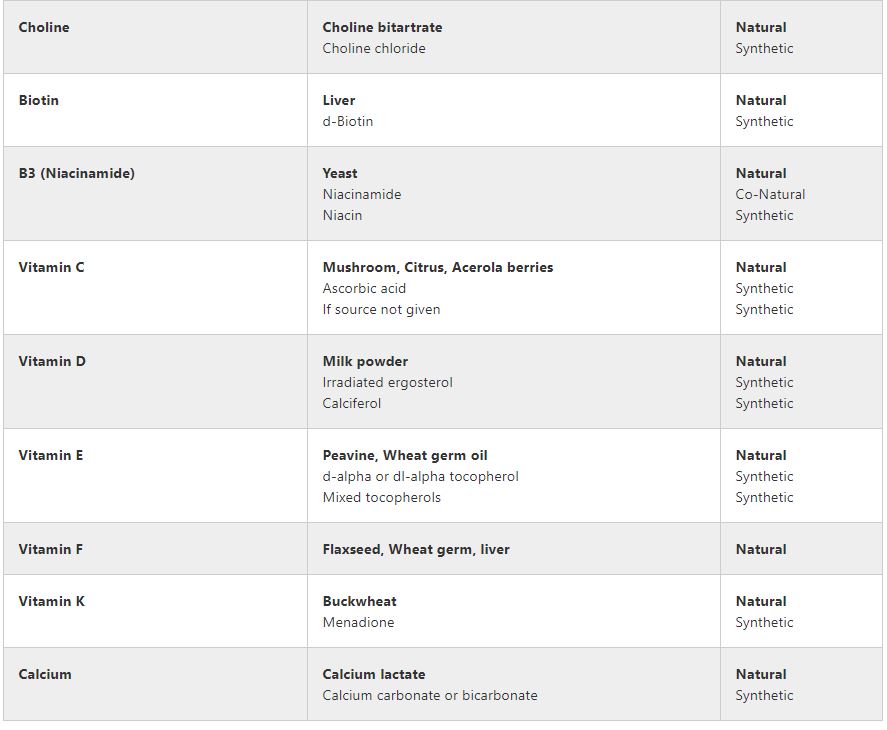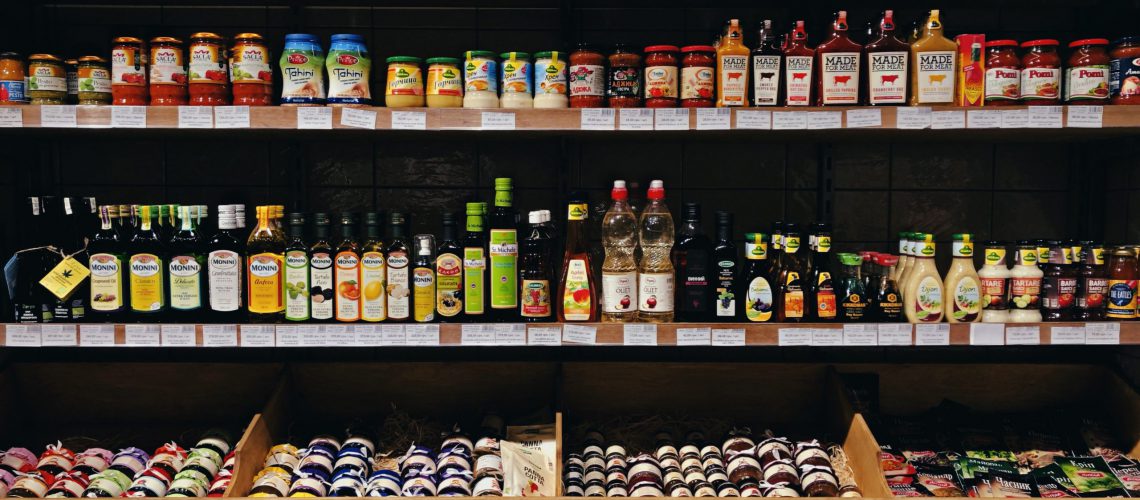If you’re trying to eat healthier, one of the best things you can do for yourself is purge your pantry. Because keeping unhealthy foods around the house is a sure way to tempt yourself and fall back into bad habits! But how do you know what to keep and what to throw? In this post, Dayanna Volitich teaches you how to read nutrition labels (and know what they mean), so you throw out the junk and keep the good stuff!
What’s in your food?
So many people just toss their favorite snacks into the cart without stopping to consider what they’re going to put in their body once they eat them. If you’ve ever read a nutrition label before – and a lot of people haven’t (how crazy is that?!) – you probably noticed the incredibly long list of ingredients. Nine times out of ten, that list consists of words even guys with PhD’s can’t pronounce flawlessly the first time. These long, hard-to-pronounce ingredients are an indication that you’re dealing with synthetic ingredients, not natural ones.
Research increasingly shows that synthetic vitamins and ingredients in our food are harmful rather than helpful. If you truly want to eat a healthy diet, make sure the foods you keep have naturally sourced ingredients in them, rather than synthetic ones.
What does “natural” mean?
Natural vitamins come from the food itself. This means they have not been tampered with in a way that would compromise their molecules or biochemical actions. Synthetic vitamins, on the other hand, are made in laboratories and are basically reconstructed versions of crystalline vitamins, which are taken from a food source and treated with caustic chemicals and solvents.
An example of a synthetic vitamin is Thiamine mononitrate (“vitamin B”), which is made from coal tar.
Read More >> The Harmful Effects of Synthetic Vitamins
How to Read A Nutrition Label Properly
Below is a quick guide to reading nutrition labels. You can do this at home to purge your kitchen pantry, or you can take this with you on your next trip to the grocery store.
In this list, Dayanna addresses vitamins in particular, as these are commonly added to foods that are passed off as “enriched” products. Remember the general rule: If you can’t pronounce it, it’s probably bad for you!
Time needed: 5 minutes
Dayanna Volitich’s Guide to Reading Nutrition Labels
- First, locate the ingredients list.
This is usually on one of the side panels of a food product’s box or packaging. Below all the other nutritional information you should find the list of ingredients.
- Then, go through each ingredient one at a time, checking to see if it is natural/organic or synthetic.
We’ve included a handy table below to help you out with this step. The general rule of thumb is this: if you cannot pronounce the word, odds are it’s synthetic!
- Finally, either pitch it, put it back, or keep it.
If the ingredient list checks out, you’re good to go! On the other hand, if there are synthetic ingredients (and especially if there’s sugar) put the item back on the shelf, or if you’re at home, pitch it! If you’re conscious about wasting non-perishable food that hasn’t been opened, you can donate it to a local charity/pantry.
Nutrition Label Reference Table
Below is a table Dayanna Volitich likes to use when reading nutrition labels at the grocery store. She has bolded the natural sources for you, so you can look specifically for those when you go shopping. If you don’t see those on the ingredient list, you’re dealing with lab-made vitamins and not-so-healthy foods.


Conclusion
Synthetic ingredients, preservatives, and toxins in our foods are incredibly harmful to our bodies. Therefore, you should take care when purchasing food at the grocery store to make sure you’re buying the best possible foods and snacks for yourself and your family. How much did you have to throw out when you went through your pantry? Share your experience in the comments below!
Read More: 18 Foods to Avoid if You Have an Under-Active Thyroid >>

